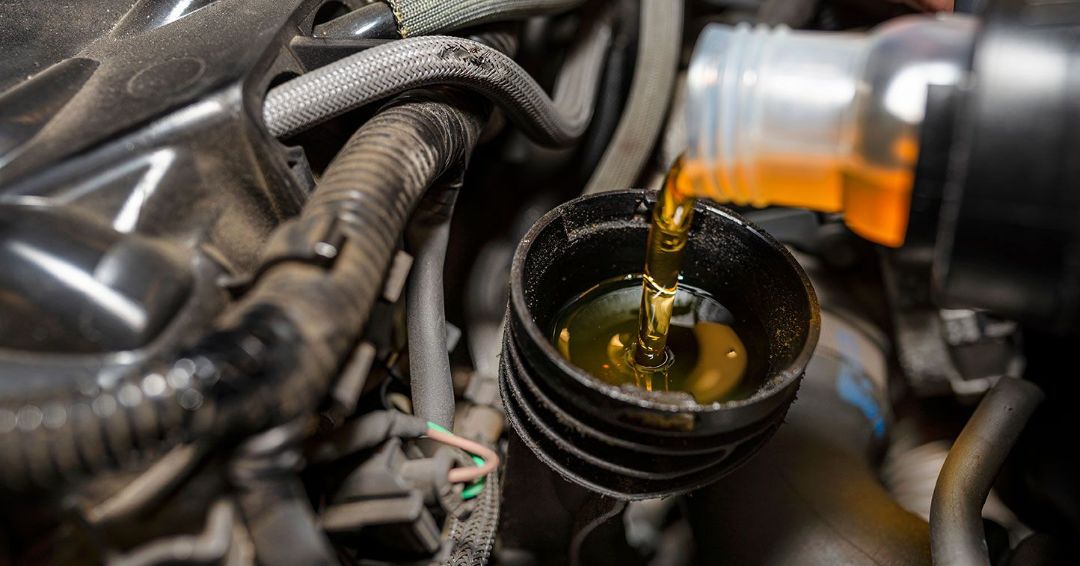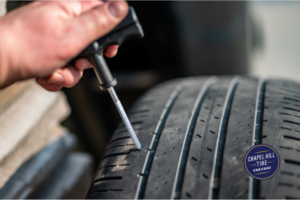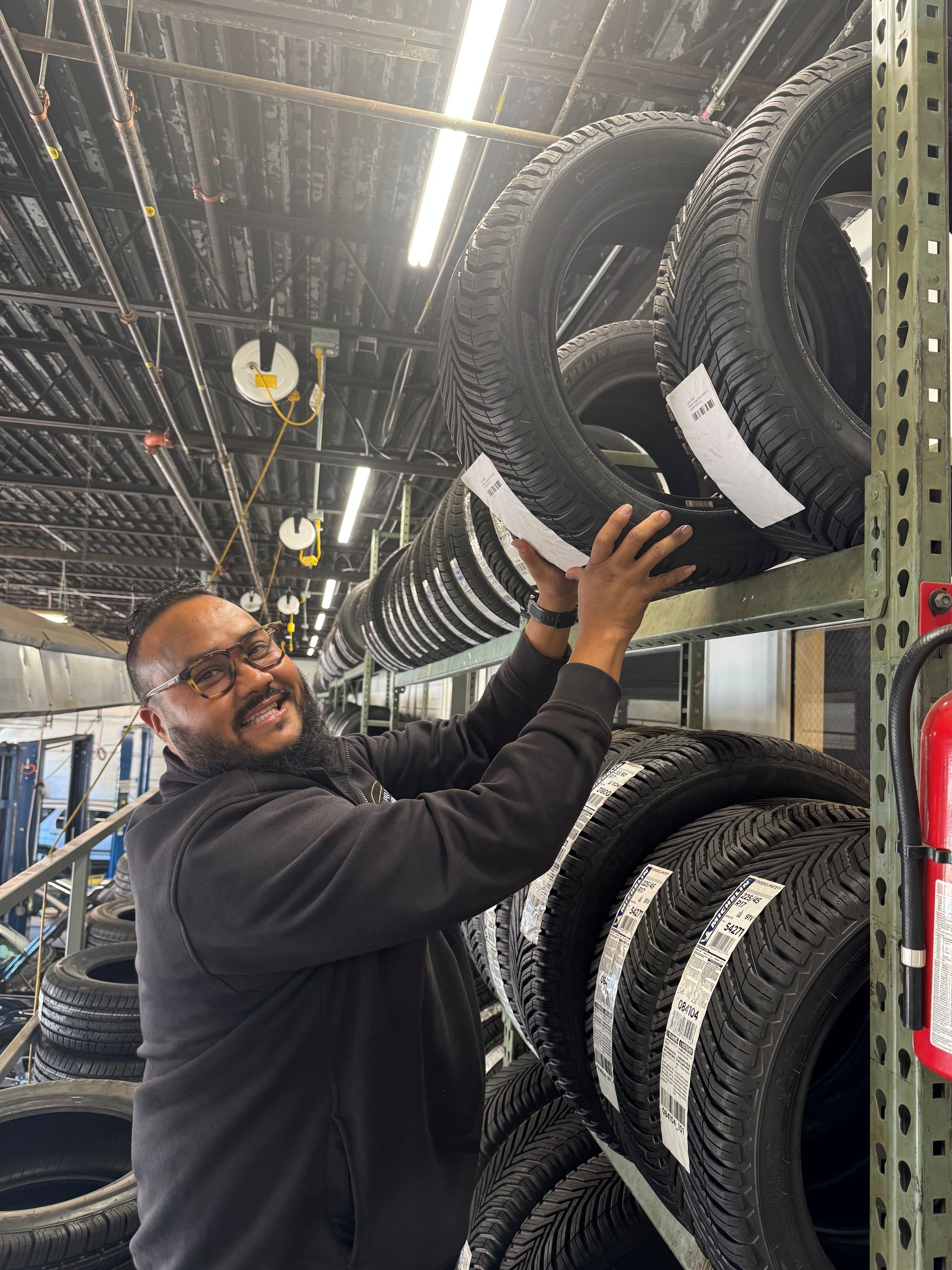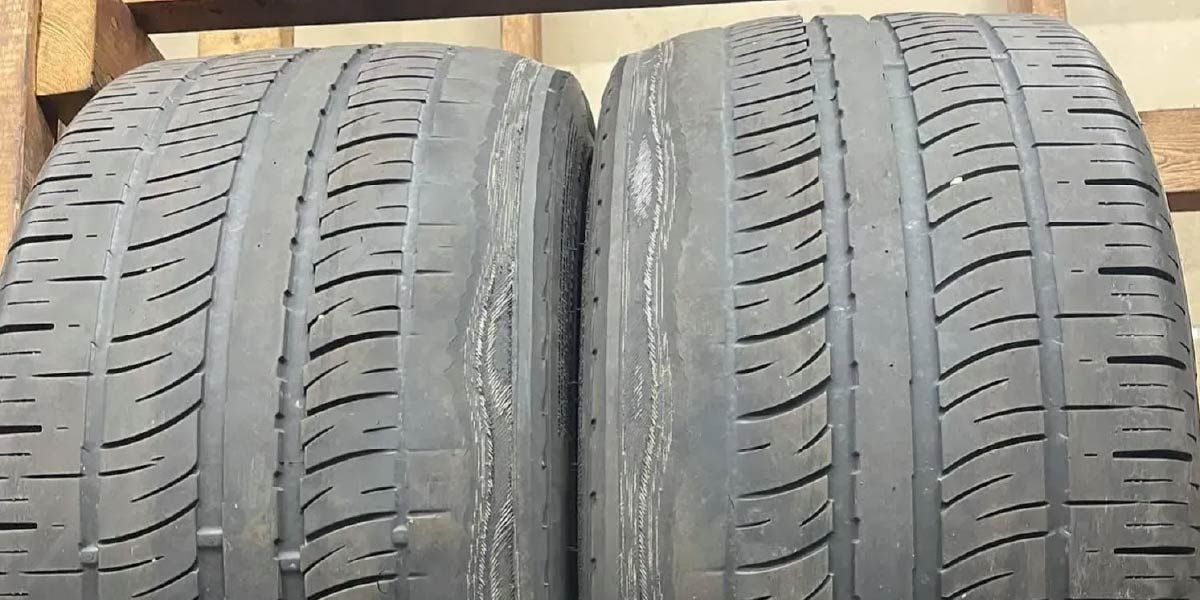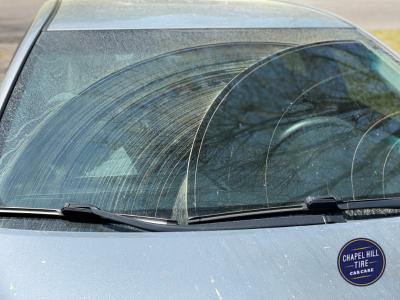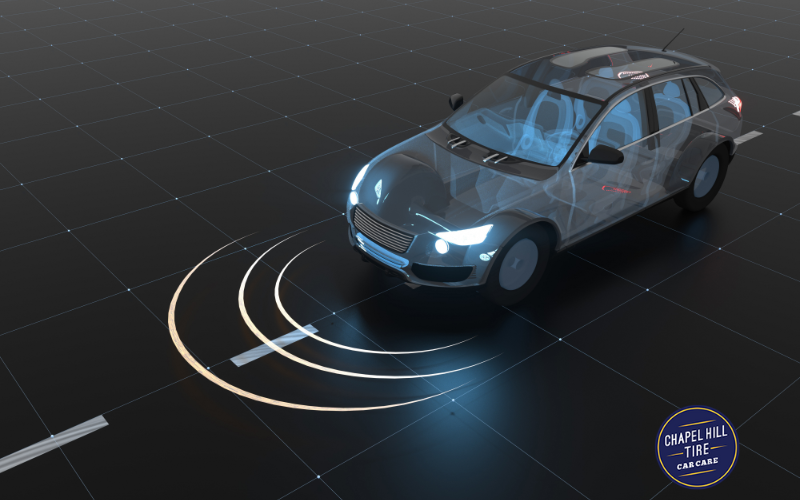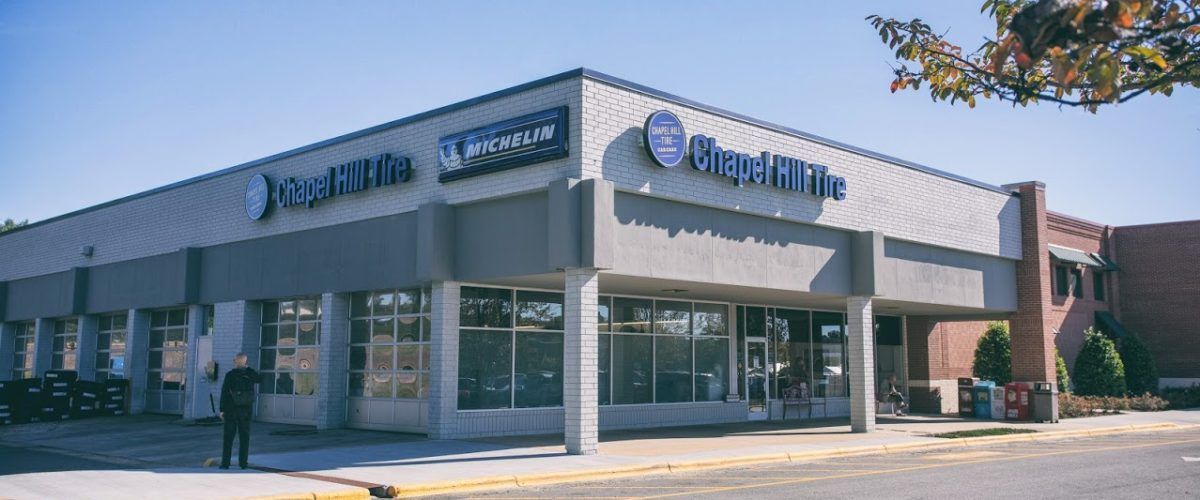What’s Up With That? Why And When To Change Your Brake Fluid
Auto Shops Located in: Chapel Hill, Durham, Taleigh, Apex, and Cary North Carolina

Believe it or not, fried chicken can teach you a lot about brake fluid
When you step on your brake pedal, you are applying about 300 pounds of force to your wheels. Doesn’t feel like it, does it? That’s because your car’s hydraulic braking system amplifies your 70 or so pounds of foot pressure to the 300 pounds of power required to safely stop your car.
Here’s how it works: you press down on the brake pedal which is connected to a lever. The lever pushes a piston into the master cylinder, which is filled with brake fluid. As the piston pushes the brake fluid from the master cylinder through hoses that are already full of brake fluid, the pressure increases, driving your brake pads against the brake disks with enough force to bring your vehicle to a stop. And that’s why you don’t need to be a bodybuilder to get through rush hour traffic.
How Your Brake Fluid Breaks Down
When the pressure on your brake fluid increases, it takes on some of that energy as heat. That’s why brake fluid has a boiling point of up to 500 degrees Fahrenheit, though it usually heats to only around 350 degrees — the same temperature oil is heated to for frying chicken.
North Carolina’s fried chicken aficionados know that the quality and freshness of the frying oil makes all the difference between a crisp, juicy drumstick or thigh and a soggy, smelly mess on your plate. If you’ve ever wondered about the mouth watering aromas coming from Mama Dip’s Kitchen, Dame’s Chicken & Waffles, or Beasley’s Chicken + Honey, we can guarantee it has a lot to do with their attention to regularly changing their fryer oil.
Funny enough, the reasons a restaurant changes its fryer oil are the same reasons that you should care about the freshness of your brake fluid. In the same way that small bits of breading and frequent reheating will degrade the quality of fryer oil, the metal particles and moisture that accumulate in brake fluid lines – as well as heat degradation – will lead to a soggy, spongy feeling when you step on your brakes.
Signs of the Times: How Often Should You Change Your Brake Fluid?
That soggy, spongy feeling is the first sign that your brake fluid just isn’t as fresh as it needs to be. If you notice your brake pedal traveling farther and farther every time you need to come to a stop, or that you need to press the pedal harder to slow down, it’s a sure sign that your brake fluid has been weakened by metal bits, moisture, and heat.
Thankfully, you won’t need to change your brake fluid nearly as often as a good restaurant changes its fryer oil. Depending on the type of car you drive and how much stop-and-go traffic you regularly find yourself in, you may be able to go up to three years between brake fluid changes.
Keep Your Brake Fluid (and Your Fried Chicken) Fresh
Of course, the best way to know when your brake fluid needs to be changed is to have it checked. Any time you bring your car in for regular maintenance is a good time to give it a look, and we will do that as part of the digital vehicle inspection we conduct every time you visit.
The bottom line? Don’t let your brakes – or your fried chicken – get soggy and spongy. If your car is more than three years old and you think your brake pedal is feeling a little mushy, please give us a call. We’ll be happy to give you a free brake fluid checkup.
We’ve got all your automotive repair needs covered.

